Tying down a kayak properly ensures it stays in place during transit, preventing damage to the kayak and your vehicle. To properly tie down a kayak, use cam straps to secure the kayak to your vehicle’s roof rack. Ensure the kayak is snug and won’t shift during transit.
Transporting a kayak safely requires proper technique and the right equipment. Securely tying down your kayak prevents damage and ensures safety on the road. Use cam straps or ratchet straps for the most effective hold. Place the kayak on the roof rack, aligning it with the vehicle.
Loop the straps over the kayak and through the roof rack, tightening them until the kayak is stable. Check for any movement by gently shaking the kayak. Always ensure the straps are not twisted and secure the kayak at the bow and stern for extra stability. Properly securing your kayak ensures a worry-free journey.
This guide covers all you need to do when tying down a kayak for safe transportation. Let’s begin.
Contents
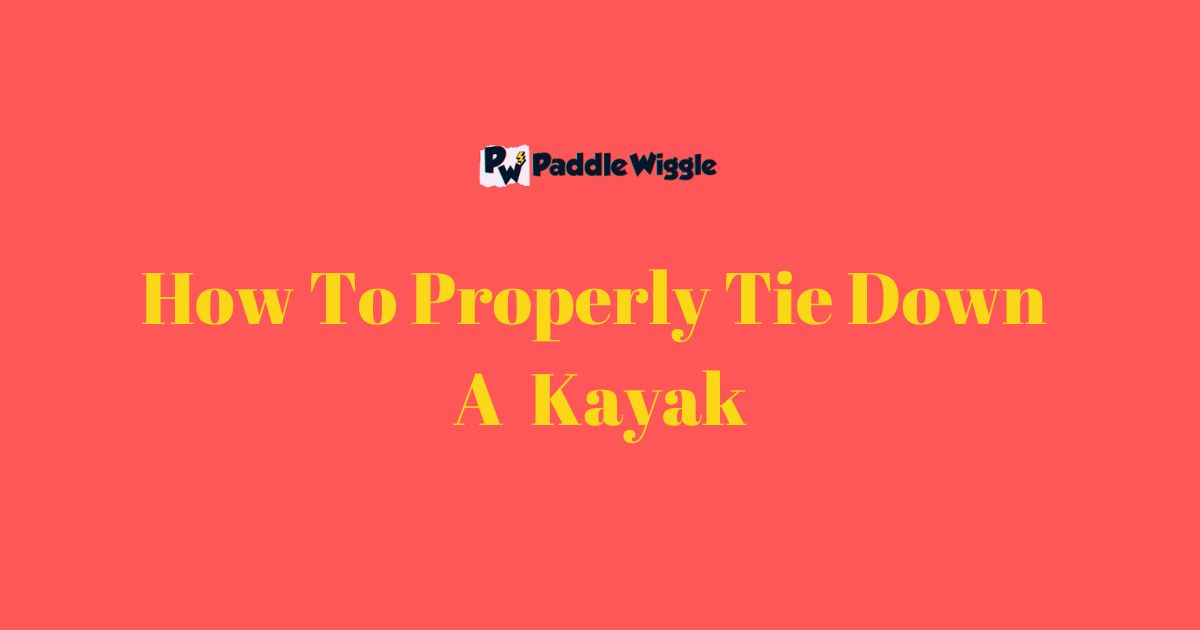

The Easiest Way To Tie Down A Kayak Properly
Securing a kayak to your vehicle is crucial for safe transport. The easiest way to tie down a kayak properly can prevent damage and ensure your kayak stays in place. Follow these tips to make the process simple and effective.
Selecting The Right Kayak Straps
Choosing the right kayak straps is essential. Look for high-quality, durable straps that can handle the weight of your kayak. Cam buckle straps are a popular choice because they are easy to tighten and release. Avoid using bungee cords as they can stretch and fail to hold the kayak securely.
Choosing The Proper Roof Rack
The correct roof rack makes all the difference. J-cradles and saddle-style racks are excellent options for securing your kayak. Ensure the roof rack is compatible with your vehicle and can support the kayak’s weight. Always read the manufacturer’s instructions for installation and use.
Step-by-step Tie Down Process
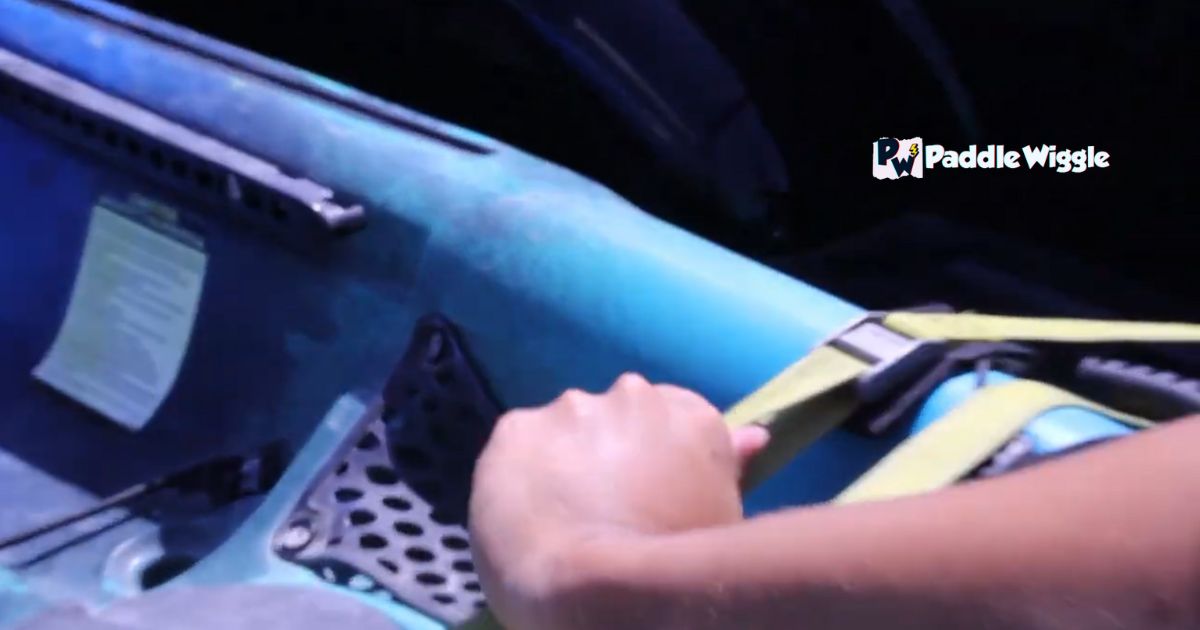

- Place the kayak on the roof rack, ensuring it is centered and balanced.
- Thread the kayak straps over the kayak and under the roof rack bars.
- Tighten the straps securely using the cam buckles, but do not overtighten to avoid damaging the kayak.
- Use bow and stern tie-downs to secure the kayak’s front and back to the vehicle’s bumpers or tow hooks.
- Double-check all straps and tie-downs to ensure everything is tight and secure.
Tips For A Secure Tie Down
- Always use at least two kayak straps to secure the kayak to the roof rack.
- Check the straps for wear and tear before each use.
- Make sure the kayak is not shifting or moving once strapped down.
- Stop after a few miles to recheck the straps and tie-downs.
Common Mistakes To Avoid
| Mistake | Consequence |
| Using worn-out straps | Straps may snap, causing the kayak to fall off. |
| Not using bow and stern tie-downs | The kayak can shift or move, increasing the risk of an accident. |
| Overtightening straps | Can cause damage to the kayak’s hull. |
Tying Down The Kayak
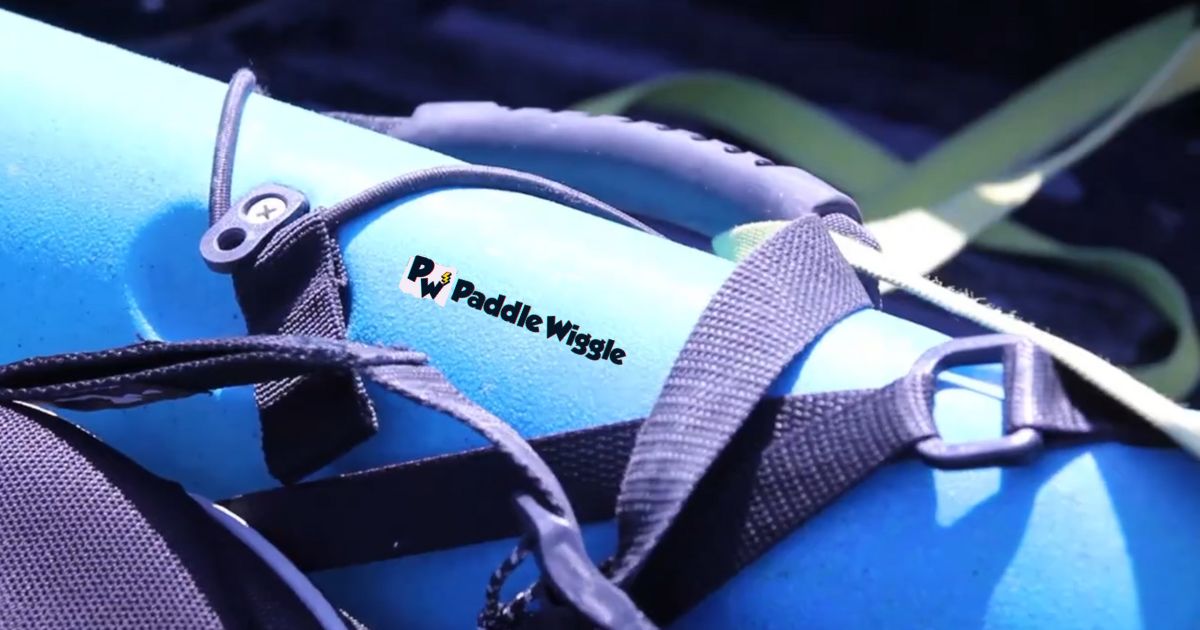

Securing your kayak properly to your vehicle is crucial for safe transport. Failing to tie down your kayak correctly can lead to accidents and damage. This guide helps you understand the best practices for tying down your kayak, ensuring it remains secure during your journey.
Attaching The Bow And Stern Lines
Attaching the bow and stern lines is essential for properly securing your kayak. These lines prevent the kayak from shifting during transport. Follow these steps to attach the bow and stern lines correctly:
- Locate the bow and stern points on your kayak.
- Attach the bow line to the front of the kayak and the stern line to the back.
- Secure the lines to the front and rear of your vehicle’s roof rack or bumper.
- Use a non-slip knot or a specialized kayak tie-down knot for extra security.
Ensure the lines are tight but not overly stressed. They should hold the kayak in place without causing any damage. Here’s a quick reference table for securing bow and stern lines:
| Step | Action |
| 1 | Locate the bow and stern points. |
| 2 | Attach the lines to the kayak. |
| 3 | Secure the lines to the vehicle. |
| 4 | Check tension and adjust as needed. |
Using Cam Straps To Secure The Kayak
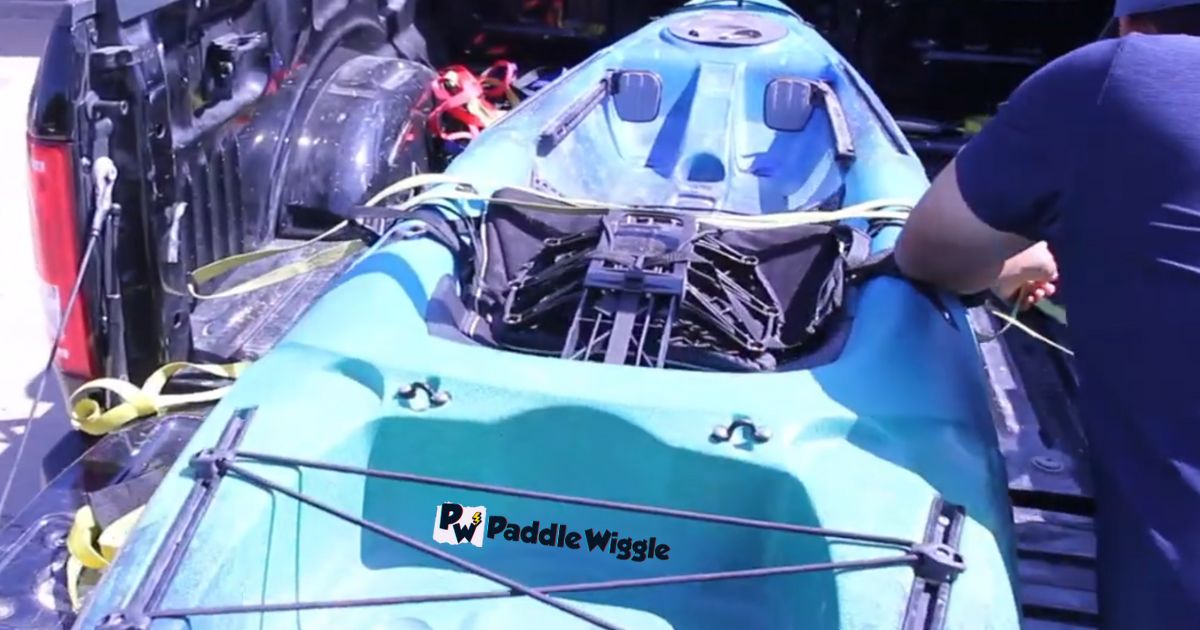

Cam straps are another effective method to secure your kayak. These straps offer adjustable tension, making them ideal for ensuring a snug fit. To use cam straps:
- Place the kayak on the roof rack of your vehicle.
- Loop the cam strap over the kayak and under the roof rack crossbars.
- Feed the strap through the cam buckle and pull it tight.
- Ensure the strap is tight enough to hold the kayak securely but not too tight to damage the kayak.
Double-check that the cam buckle is locked and the strap is not frayed. For added security, use two cam straps, placing one at the front and one at the back of the kayak. This method ensures stability and prevents the kayak from moving or flying off during transit.
Ensuring Proper Tension And Security
After attaching the bow and stern lines and using cam straps, it’s vital to ensure proper tension and security. Follow these tips to check your setup:
- Inspect all knots and buckles: Make sure they are tight and secure.
- Test for movement: Gently shake the kayak to check for any looseness.
- Verify tension: The straps and lines should be firm but not overly tight.
- Check for wear and tear: Look for any fraying or damage in the straps or lines.
Performing these checks ensures that your kayak is secure and ready for transport. Safety is paramount, so take your time to verify everything is in place. A well-secured kayak guarantees a smooth and worry-free journey to your destination.
Double-checking For Safety
Tying down a kayak properly ensures it stays secure during transport. Double-checking for safety is crucial to avoid accidents. It’s essential to inspect the tie-downs and verify the kayak’s stability before hitting the road. This article will guide you through these safety steps.
Inspecting The Tie-downs
Start by inspecting the tie-down straps. Ensure they are in good condition. Look for any fraying or damage. Use cam straps because they are easy to adjust and hold the kayak securely.
Follow these steps to inspect the tie-downs:
- Check the straps: Ensure they are not worn out.
- Inspect the buckles: Test the cam buckles to ensure they lock properly.
- Examine the hooks: Ensure the hooks are free from rust and deformation.
Using a table can help you track the inspection:
| Item | Condition | Action Needed |
| Straps | Good | None |
| Buckles | Worn | Replace |
| Hooks | Rusty | Clean |
Verifying The Kayak’s Stability
After inspecting the tie-downs, verify the kayak’s stability. Ensure the kayak is secured tightly on the roof rack. Use bow and stern lines for extra stability. These lines prevent the kayak from shifting during transport.
Follow these steps to verify the kayak’s stability:
- Push the kayak: Gently push the kayak from different angles.
- Check for movement: Ensure there is minimal movement.
- Tighten the straps: If you notice any movement, tighten the straps further.
- Secure bow and stern lines: Attach these lines to the front and back of the vehicle.
Use these tips to ensure the kayak is stable:
- Always double-check the straps and lines before driving.
- Make sure the kayak is centered on the roof rack.
- Use padding between the kayak and the roof rack to prevent scratches.
By following these steps, you can ensure your kayak is secured tightly and ready for transport.
Tips For Securing A Kayak For Highway Driving
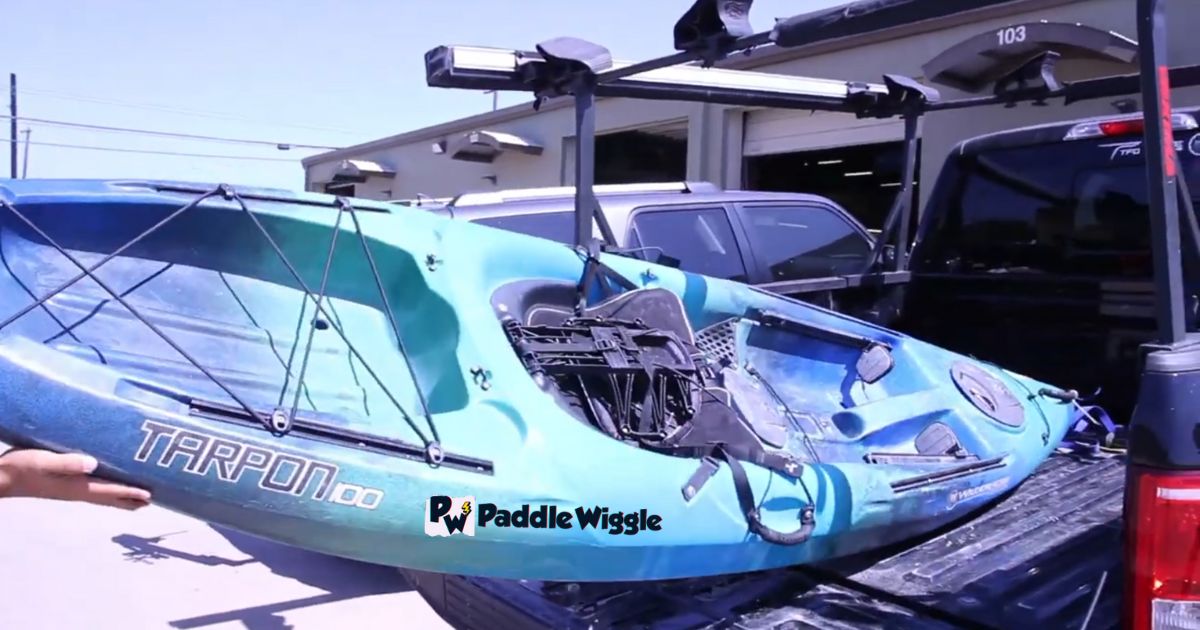

Transporting a kayak on a highway requires careful attention. Ensuring the kayak is tied down securely prevents accidents and damage. Here are some essential tips for securing a kayak for highway driving.
Driving With A Tied-down Kayak
Driving with a tied-down kayak involves proper preparation and vigilance. First, ensure you have the right equipment. Use of roof racks, foam blocks, or cradles to support the kayak during transport is crucial.
Check your roof rack setup for kayaks. Make sure the roof racks are correctly installed and can handle the kayak’s weight. Secure the kayak firmly using straps.
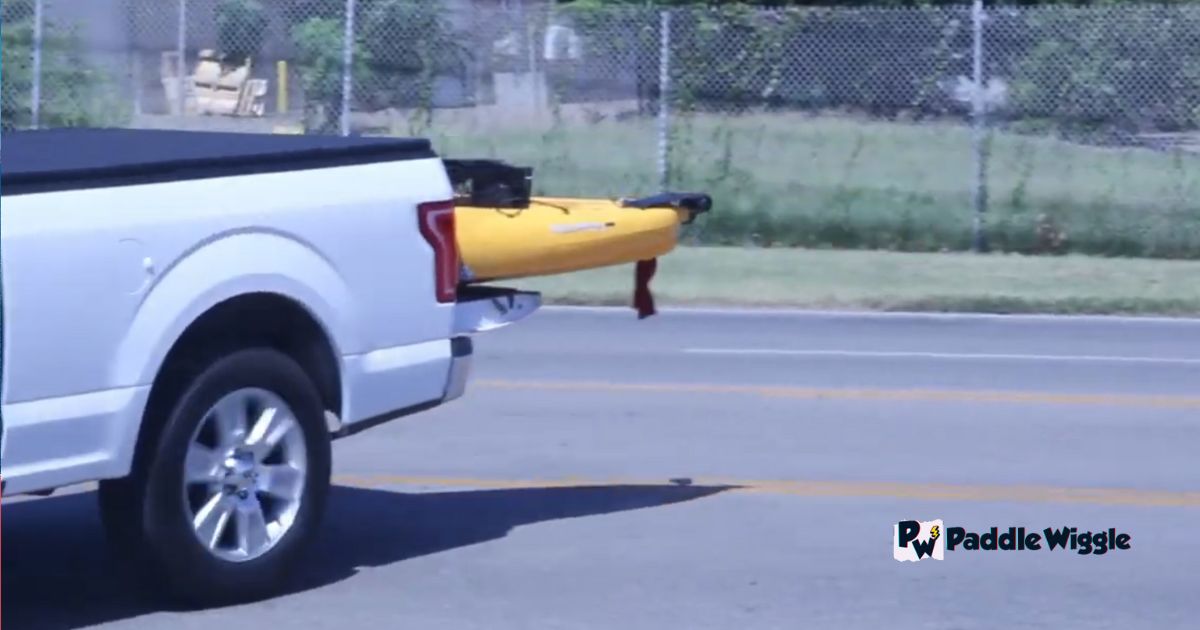

Here are some key points:
- Place the kayak hull-side down on the roof racks.
- Use cam straps to secure the kayak. Loop the straps around the kayak and roof rack.
- Tighten the straps but avoid over-tightening to prevent damage.
For extra security, consider using bow and stern lines. These lines attach the kayak’s front and rear to your vehicle’s bumper or tow hooks. This adds stability and prevents the kayak from shifting during the drive.
Drive at moderate speeds. Sudden stops or sharp turns can stress the tie-downs and the kayak. Regularly check your rearview mirror to ensure the kayak remains stable. Follow these tips for a smooth and safe journey.
Checking Tie-downs During The Journey
Regularly checking tie-downs during the journey enhances kayak transportation safety. After driving for 15-30 minutes, stop at a safe location to inspect the straps and lines.
Ensure the straps remain tight. Vibrations from the road can cause them to loosen. Use the following checklist:
- Check the cam straps for any slack.
- Inspect the bow and stern lines for tightness.
- Ensure the kayak has not shifted on the roof racks.
If any strap is loose, tighten it immediately. A loose kayak can become a hazard. Carry extra straps and lines for emergencies. Always have a pair of scissors or a knife handy to cut damaged straps if needed.
During long trips, stop every couple of hours to recheck the kayak. Weather conditions, such as rain or high winds, can affect the straps. Keeping the kayak secure ensures a safe and stress-free journey.
Following these steps helps maintain kayak transportation safety. A properly tied-down kayak ensures your trip remains enjoyable and accident-free.
Common Mistakes To Avoid When Tying Down A Kayak
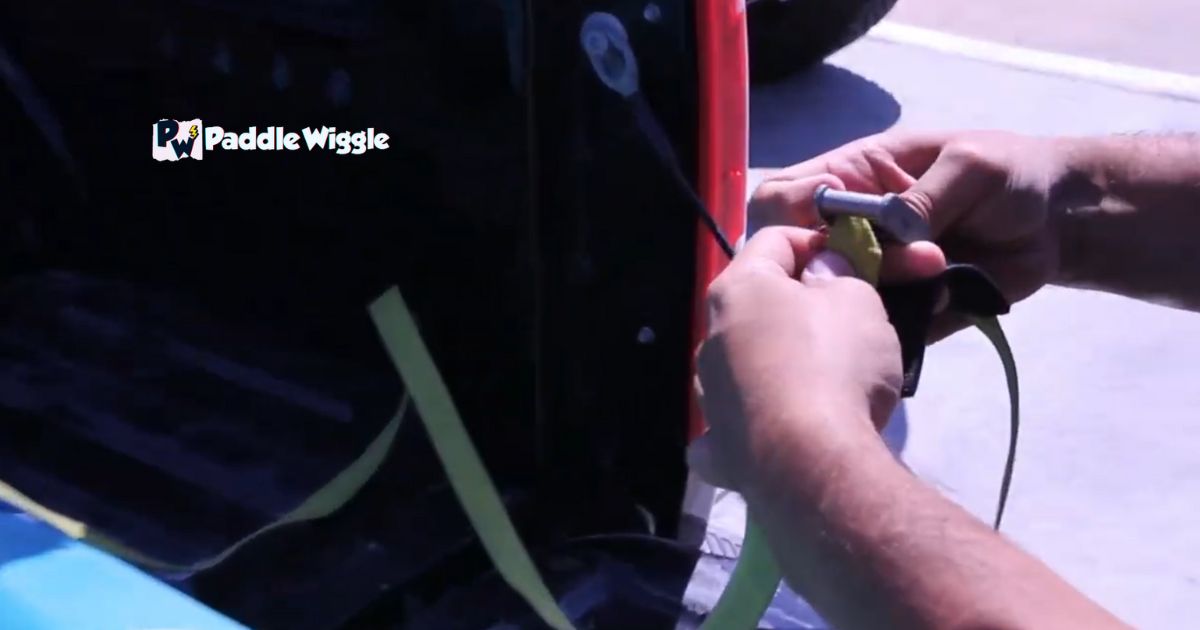

Properly tying down a kayak ensures it stays secure during transport. Knowing the right techniques and avoiding common mistakes is crucial. This section highlights the frequent errors people make when tying down a kayak and how to avoid them.
1. Not Using The Right Straps
Using the wrong straps can lead to disasters. Cam straps and ratchet straps are the best choices. Avoid using bungee cords or ropes, as they can easily loosen. Ensure your straps are in good condition with no frays or damage.
2. Over-tightening The Straps
Over-tightening can damage your kayak. Ratchet straps are particularly prone to this issue. Tighten the straps until they are snug but don’t press too hard against the kayak’s surface. This ensures a secure hold without causing dents or cracks.
3. Ignoring Bow And Stern Lines
Many people skip using bow and stern lines, thinking the main straps are enough. These lines prevent the kayak from shifting forward or backward. Always secure both the front and back of the kayak to the vehicle.
4. Incorrect Placement On Crossbars
Ensure the kayak is centered on the crossbars. Uneven placement can cause imbalance, leading to potential accidents. The kayak should sit evenly between the crossbars, with equal weight distribution.
5. Failing To Double-check The Straps
Always double-check your work. After tying down the kayak, pull on the straps to test their security. A quick check can prevent mishaps on the road. Make sure nothing is loose and all straps are tight enough.
6. Not Securing Loose Ends
Loose strap ends can flap in the wind, causing distractions or damage. Tie up any extra lengths of straps securely. This keeps everything neat and prevents straps from flying around during transport.
| Common Mistake | Solution |
| Using wrong straps | Use cam straps or ratchet straps |
| Over-tightening | Tighten snugly, not too hard |
| Skipping bow and stern lines | Always use bow and stern lines |
| Incorrect crossbar placement | Center the kayak evenly |
| Not double-checking straps | Double-check for security |
| Leaving loose ends | Secure loose ends properly |
How To Properly Strap A Kayak On A Roof Rack?
Place the kayak on the roof rack, hull side up. Use cam straps to secure the kayak. Tighten straps snugly but avoid over-tightening. Ensure the kayak is centered and balanced. Double-check all straps before driving.
Do You Need To Tie Down Front And Back Of Kayak?
Yes, always tie down both the front and back of the kayak. This ensures safe and secure transportation.
Can You Use Ratchet Straps To Tie Down A Kayak?
Yes, you can use ratchet straps to tie down a kayak. Ensure straps are tight but not overly tight to avoid damage.
How To Tie Down A Kayak On J Hooks?
Place the kayak on J hooks. Secure bow and stern with straps. Tighten straps through hooks and around kayak. Ensure stability.
Final Words
Securing your kayak properly ensures a safe and stress-free trip. Remember to use quality straps and double-check knots. Practice makes perfect, so don’t rush the process. Taking the time to secure your kayak properly not only protects your equipment but also provides peace of mind as you travel to your paddling destination.


